Why Use Electroplated Diamond or CBN Tools?为什么要使用电镀金刚石或CBN工具?
Layering metal parts via electrolysis with special substances that improve their strength or appearance and protect parts from oxidation and corrosion is called electroplating. Typically less than .05 millimeters thick, coatings applied during the electroplating process are either metallic, diamond, or cubic boron nitride. Decorative objects such as jewelry or tableware are usually plated with silver or gold while steel and iron items are plated with zinc, chromium, nickel or tin. However, grinding tools require CBN (cubic boron nitride) or diamond coatings to optimize their functioning, provide better cutting action and deter rapid deterioration of tools.
Advantages of Electroplated Diamond Tools
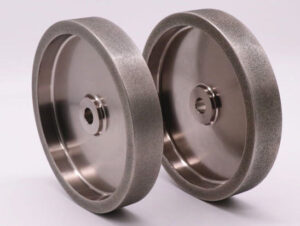
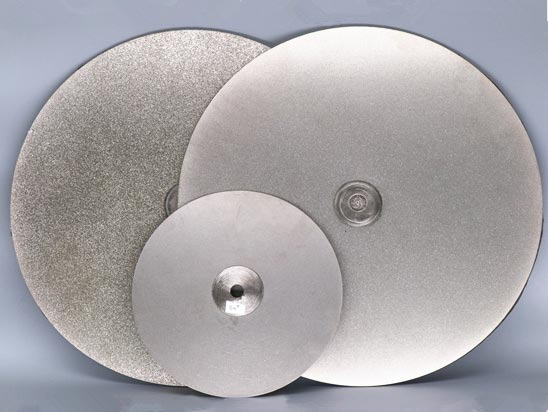
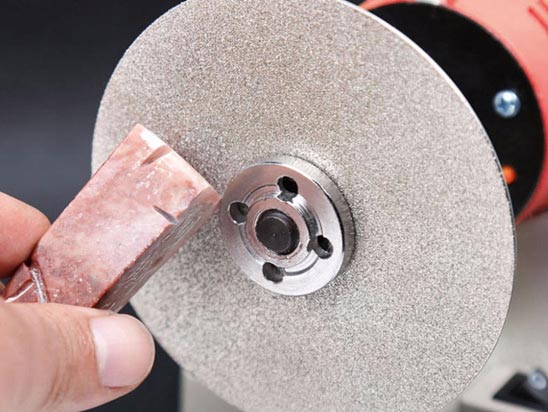
Tools sent through an electroplating process that coats them with a diamond layer cleaved by a tough nickel alloy retain their precise proportions and original structure throughout their working life. Unlike resin bond or metal bond diamond products involving diamond particles that have been cached in bond and joined together by embedded resin or metal binder, electroplating facilitates the protrusion of diamond fragments to extend beyond the bond matrix. This further provides electroplated diamond tools with the exceptional ability to cut freely and rapidly without generating excessive heat. Less heat generation means better grinding efficiency, reduced risk of cracks or burns on the workpiece’s surface and a significant decrease in equipment energy consumption.
Electroplated diamond tools are well-suited to process:
* Abrasive or hard non-metallic entities such as asphalt, stone, ceramics, concrete, semiconductor materials and glass.
* Non-ferrous metals (copper, aluminum and their alloys) and pliable but tough materials (resin and rubber, for example).
Since diamonds react with iron, cobalt, nickel, chromium and vanadium under elevated temperatures produced during grinding actions, diamond tools should not be used to process common steels and tough alloy steels. For work involving these materials, electroplated cubic boron nitride tools are recommended.
Advantages of Electroplated CBN (Cubic Boron Nitride) Tools
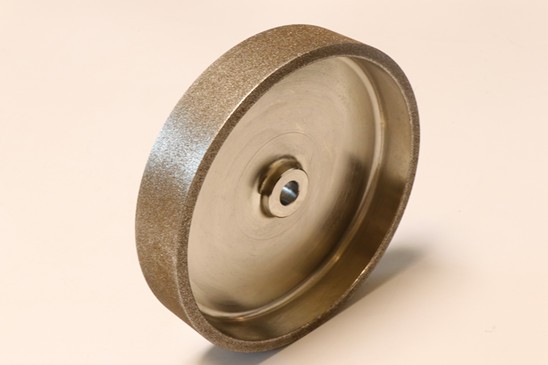
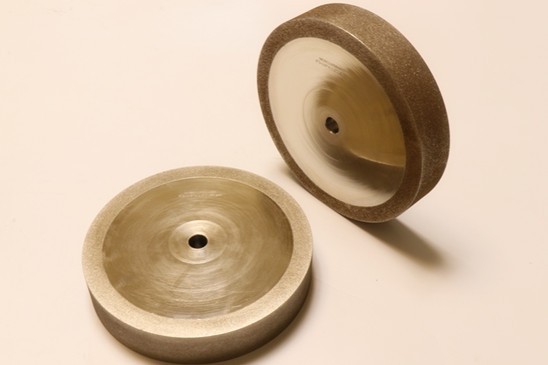
Considered the best technological advancement made for facilitating grinding of superalloy and hardened ferrous materials, cubic boron nitride is second to diamonds on the hardness scale and offers nearly five times the abrasion resistance afforded by traditional abrasives. Electroplated CBN tools also provide the following additional benefits not found in any other electroplated tools:
* Remarkable thermal conductivity and chemical resistance
* Enhanced surface integrity for grinding hardened cobalt-based superalloys as well as nickel and hardened alloy steels
* Eliminates the expense of post heat-treat grinding operations
* Produces polished surface finishes by providing taut dimensional management of tools to users
* Creates no bit-dulling grit
The ability to induce nanostructuring of carbon boron nitride has allowed engineers to further increase the hardness of CBN by incorporating the Hall-Petch Effect, which describes the “tendency for hardness to intensify as grain size is decreased”. In addition, carbon boron nitride’s chemical resistant and strong thermal stability properties make it well-suited to machine ferrous materials that cannot be machined by electroplated diamond tools.
通过电解将金属零件与特殊物质分层,以提高其强度或外观并保护零件免受氧化和腐蚀,称为电镀。在电镀过程中应用的涂层厚度通常小于 0.05 毫米,是金属、金刚石或立方氮化硼。珠宝或餐具等装饰品通常镀银或镀金,而钢和铁制品则镀锌、铬、镍或锡。然而,磨削刀具需要CBN(立方氮化硼)或金刚石涂层来优化其功能,提供更好的切削作用并防止刀具快速劣化。
电镀金刚石工具的优点
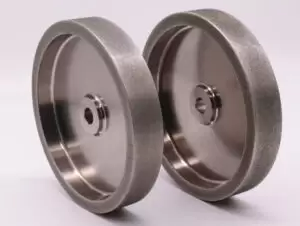
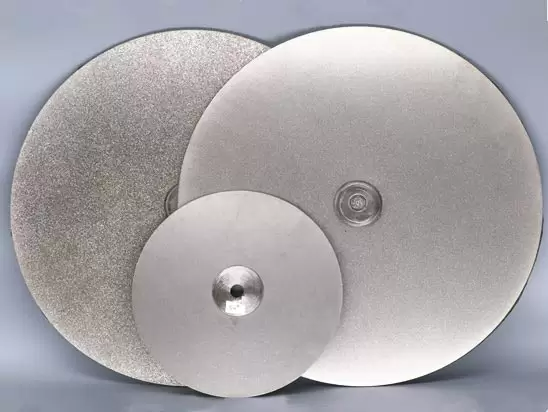
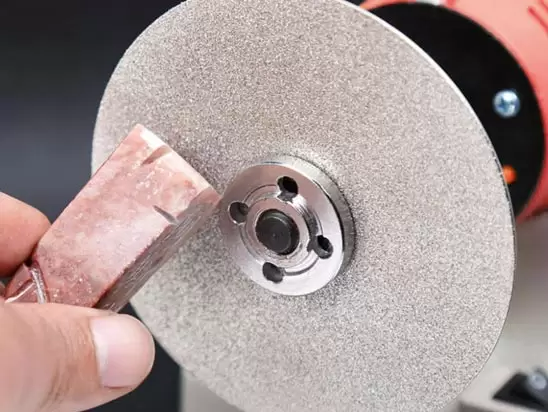
通过电镀工艺发送的工具,在其上涂有一层由坚韧的镍合金切割的金刚石层,在其整个使用寿命期间保持其精确的比例和原始结构。与树脂键或金属键金刚石产品不同,金刚石颗粒已被缓存在键中并通过嵌入的树脂或金属粘合剂连接在一起,电镀有助于金刚石碎片的突出延伸到键基体之外。这进一步为电镀金刚石工具提供了出色的切割能力,可以自由快速地切割而不会产生过多的热量。更少的热量产生意味着更高的磨削效率,降低工件表面出现裂纹或烧伤的风险,并显著降低设备能耗。
电镀金刚石工具非常适合加工:
* 磨蚀性或坚硬的非金属实体,如沥青、石材、陶瓷、混凝土、半导体材料和玻璃。
* 有色金属(铜、铝及其合金)和柔韧但坚韧的材料(例如树脂和橡胶)。
由于金刚石在磨削过程中产生的高温下会与铁、钴、镍、铬和钒发生反应,因此不应使用金刚石工具加工普通钢和坚韧合金钢。对于涉及这些材料的工作,建议使用电镀立方氮化硼工具。
电镀CBN(立方氮化硼)工具的优点
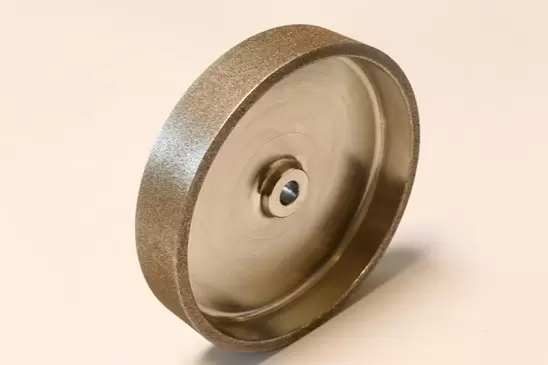
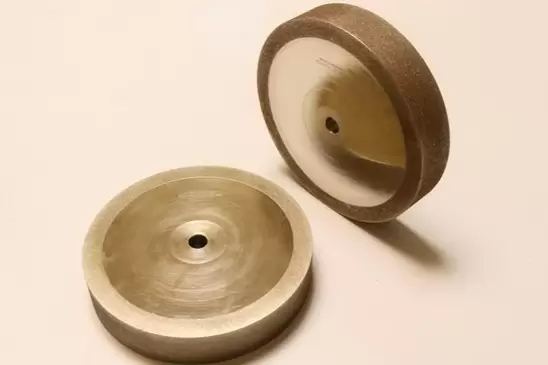
立方氮化硼被认为是促进高温合金和硬化黑色金属材料研磨的最佳技术进步,在硬度上仅次于金刚石,其耐磨性几乎是传统磨料的五倍。电镀CBN刀具还具有任何其他电镀刀具所没有的以下附加优势:
* 卓越的导热性和耐化学性
* 增强了磨削硬化钴基高温合金以及镍和淬火合金钢的表面完整性
* 消除了后热处理研磨操作的费用
* 通过为用户提供严格的工具尺寸管理,产生抛光的表面光洁度
* 不会产生钝化砂砾
诱导碳氮化硼纳米结构的能力使工程师能够通过结合霍尔-佩奇效应进一步提高CBN的硬度,该效应描述了“随着晶粒尺寸的减小,硬度增加的趋势”。此外,氮化碳硼的耐化学性和较强的热稳定性使其非常适合加工无法用电镀金刚石工具加工的黑色金属材料。
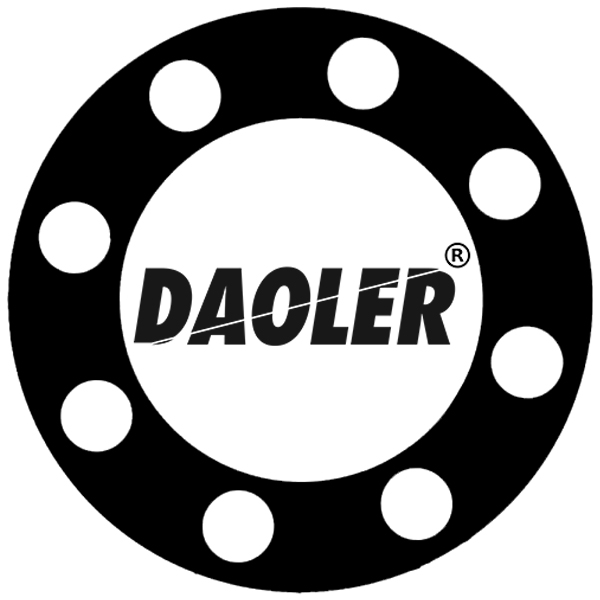



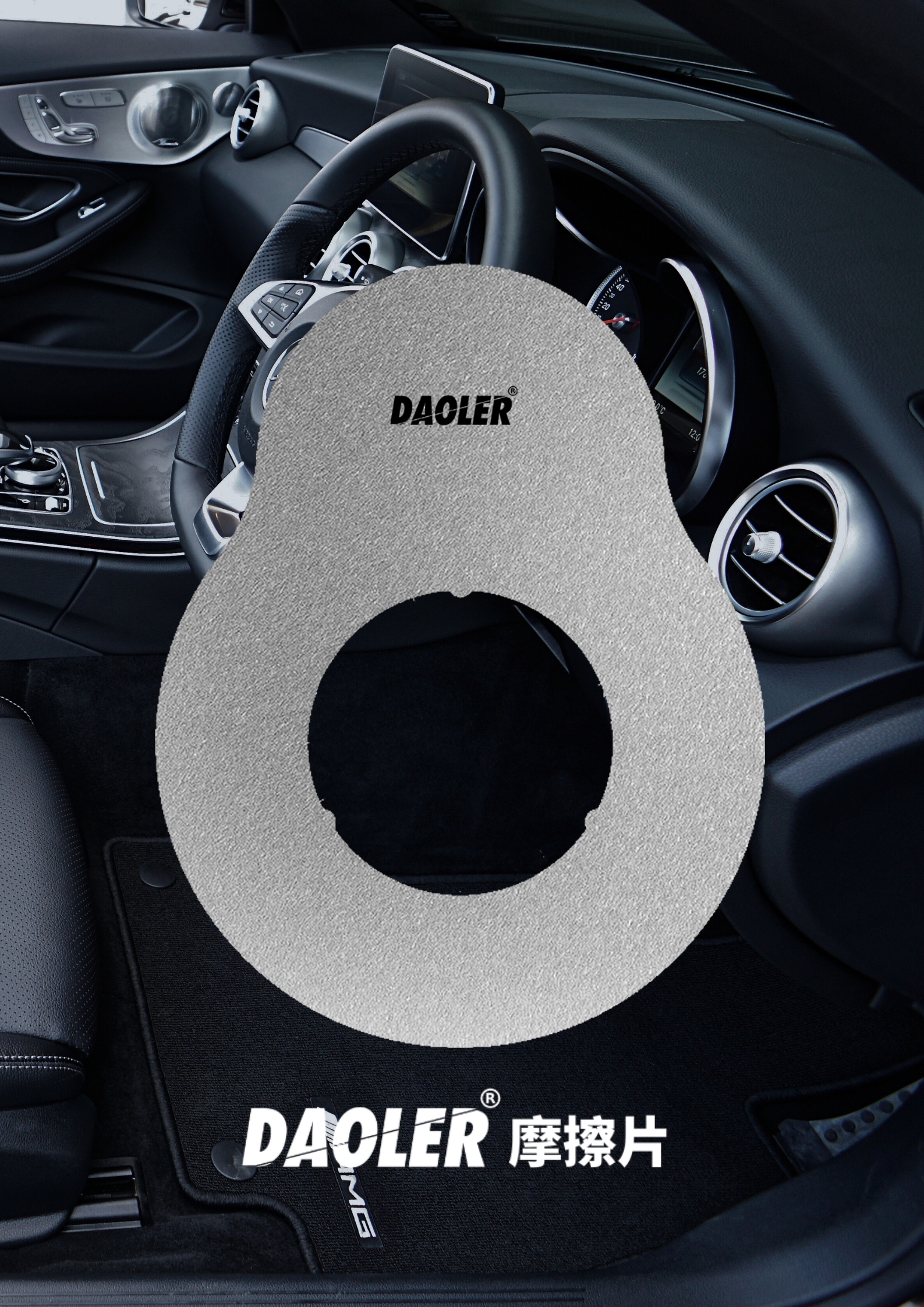
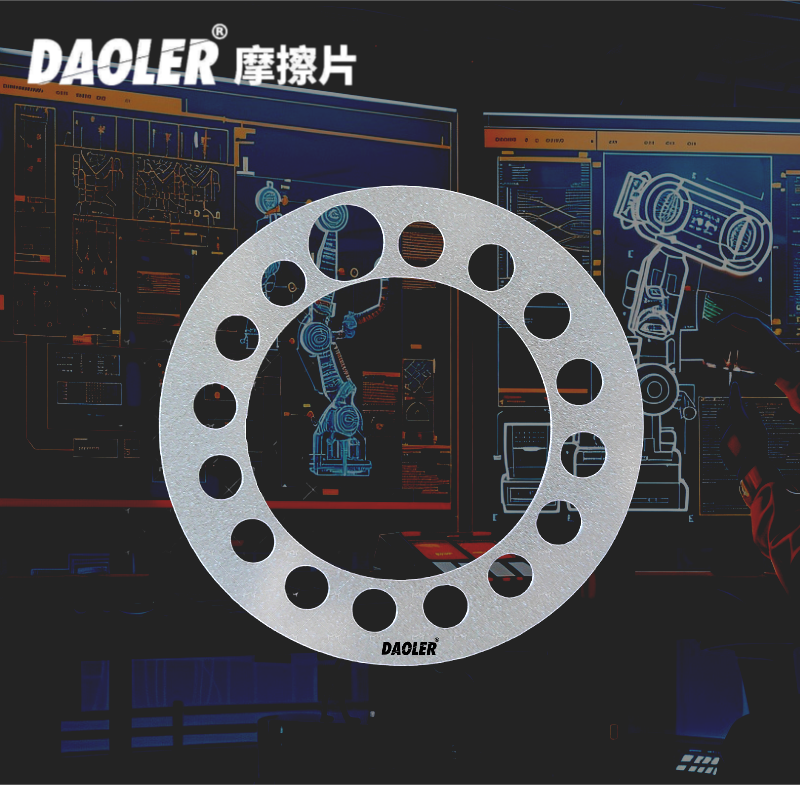
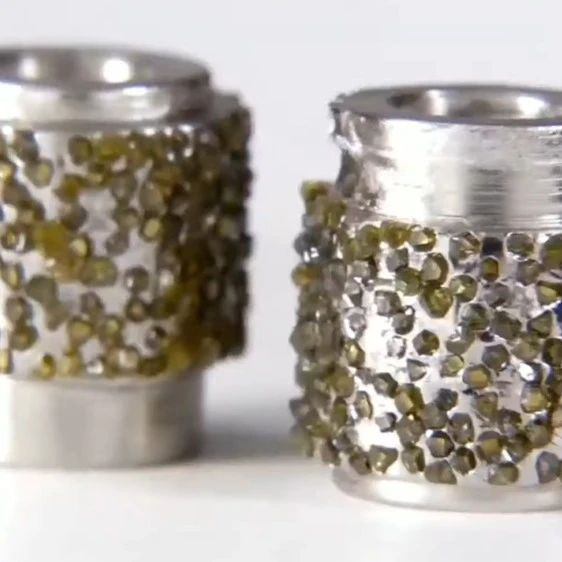
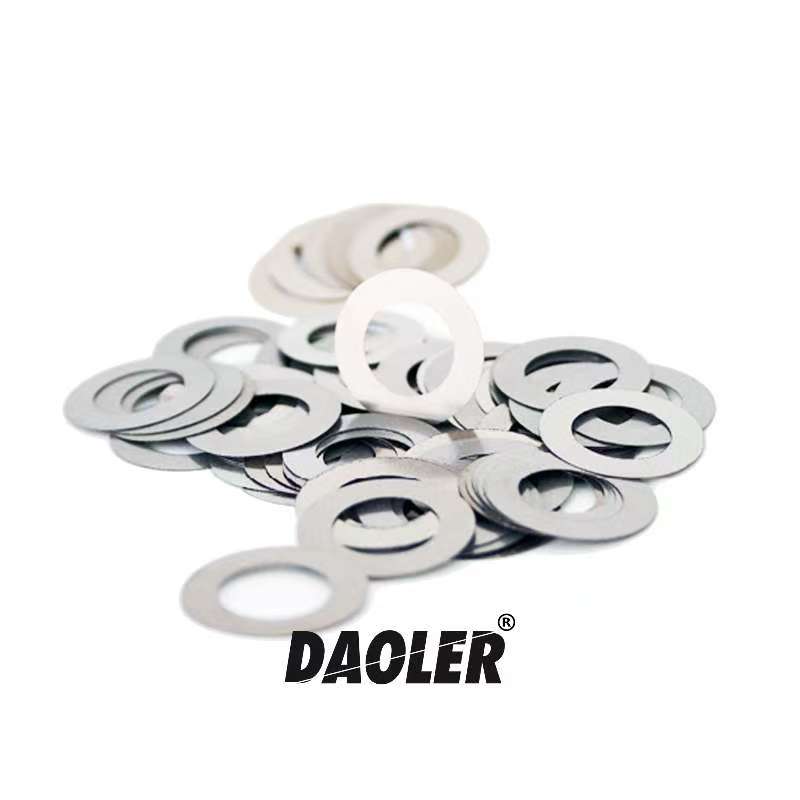
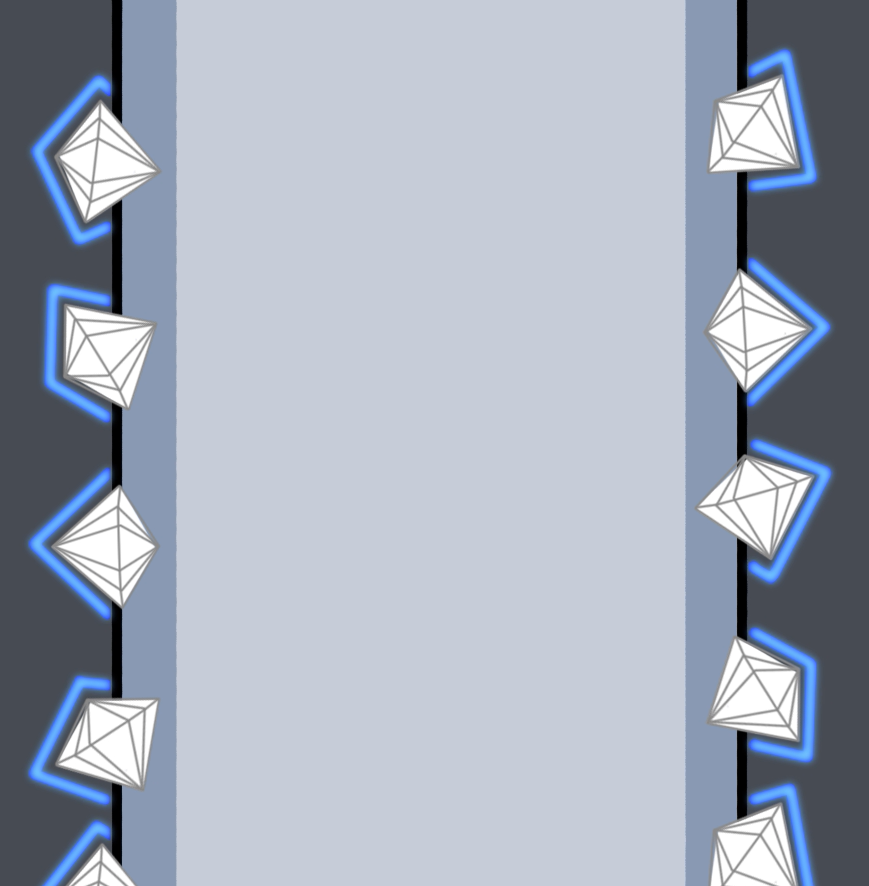
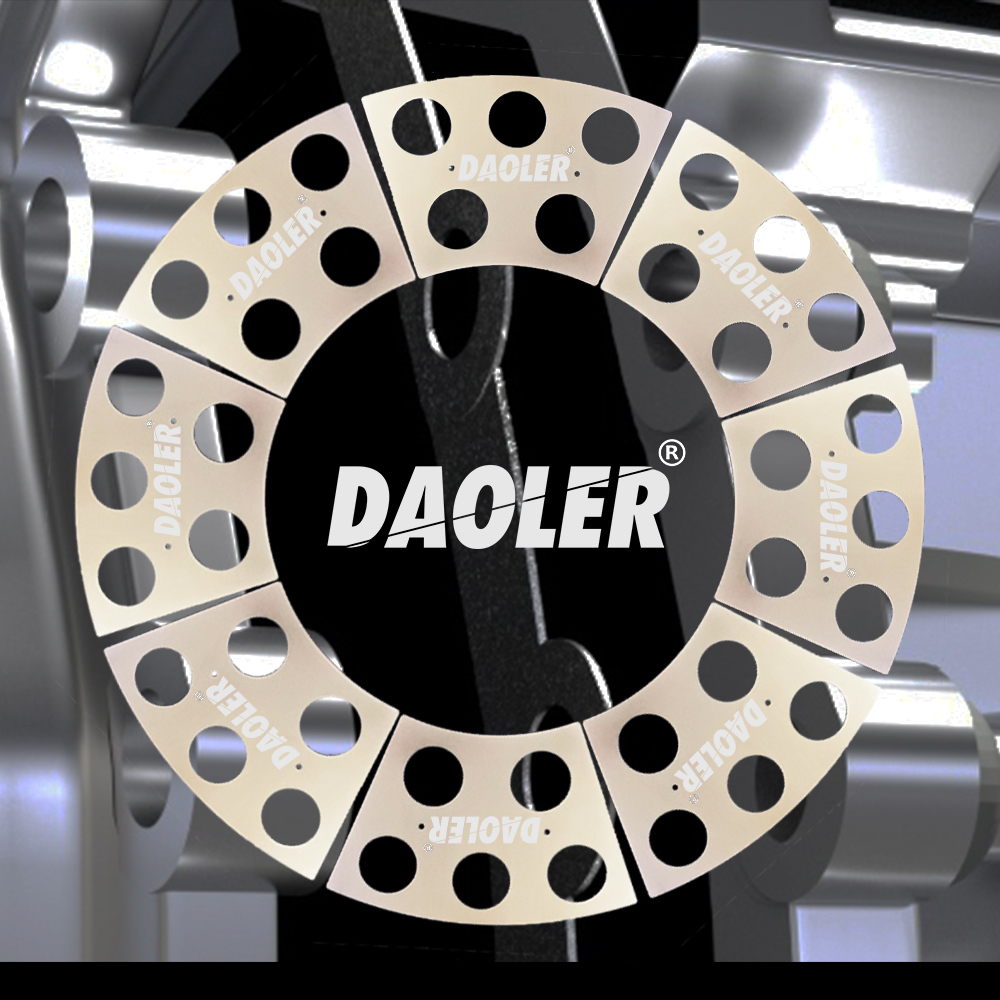
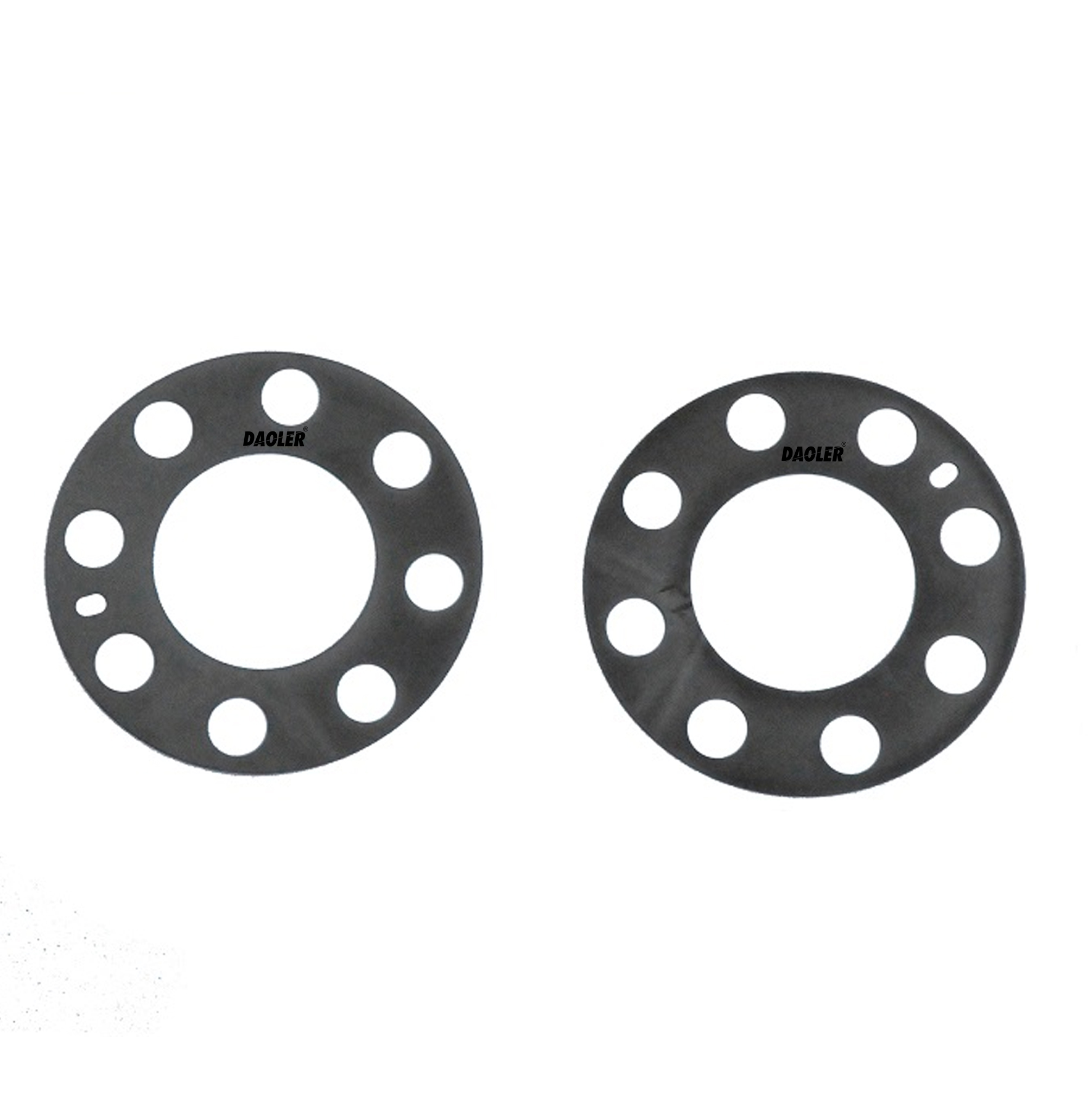
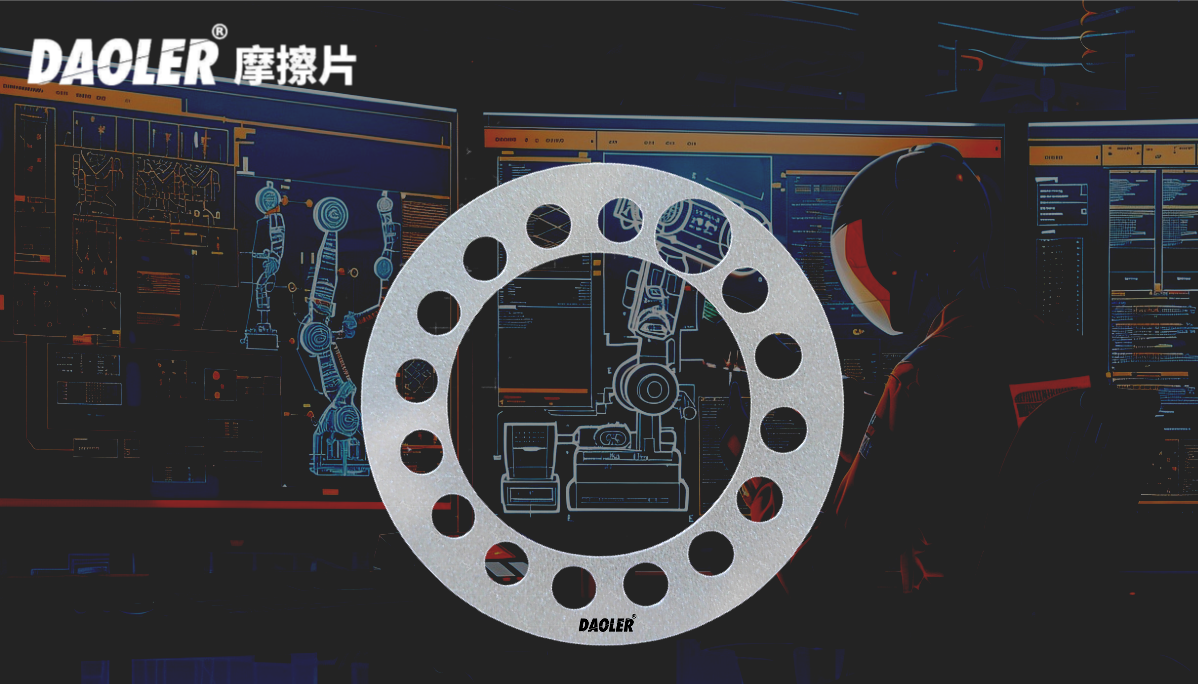
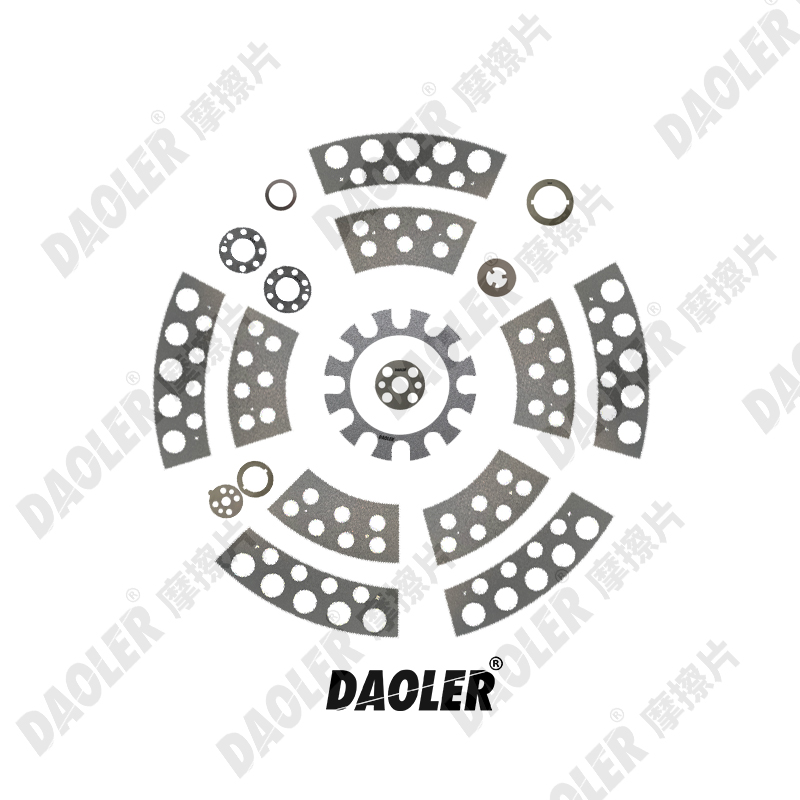
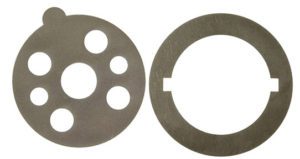
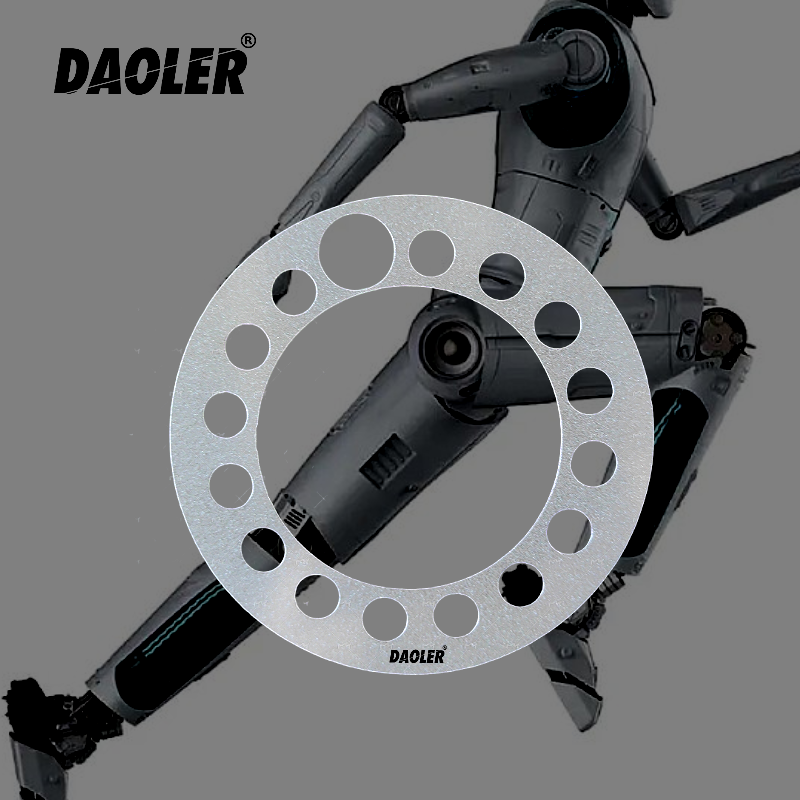
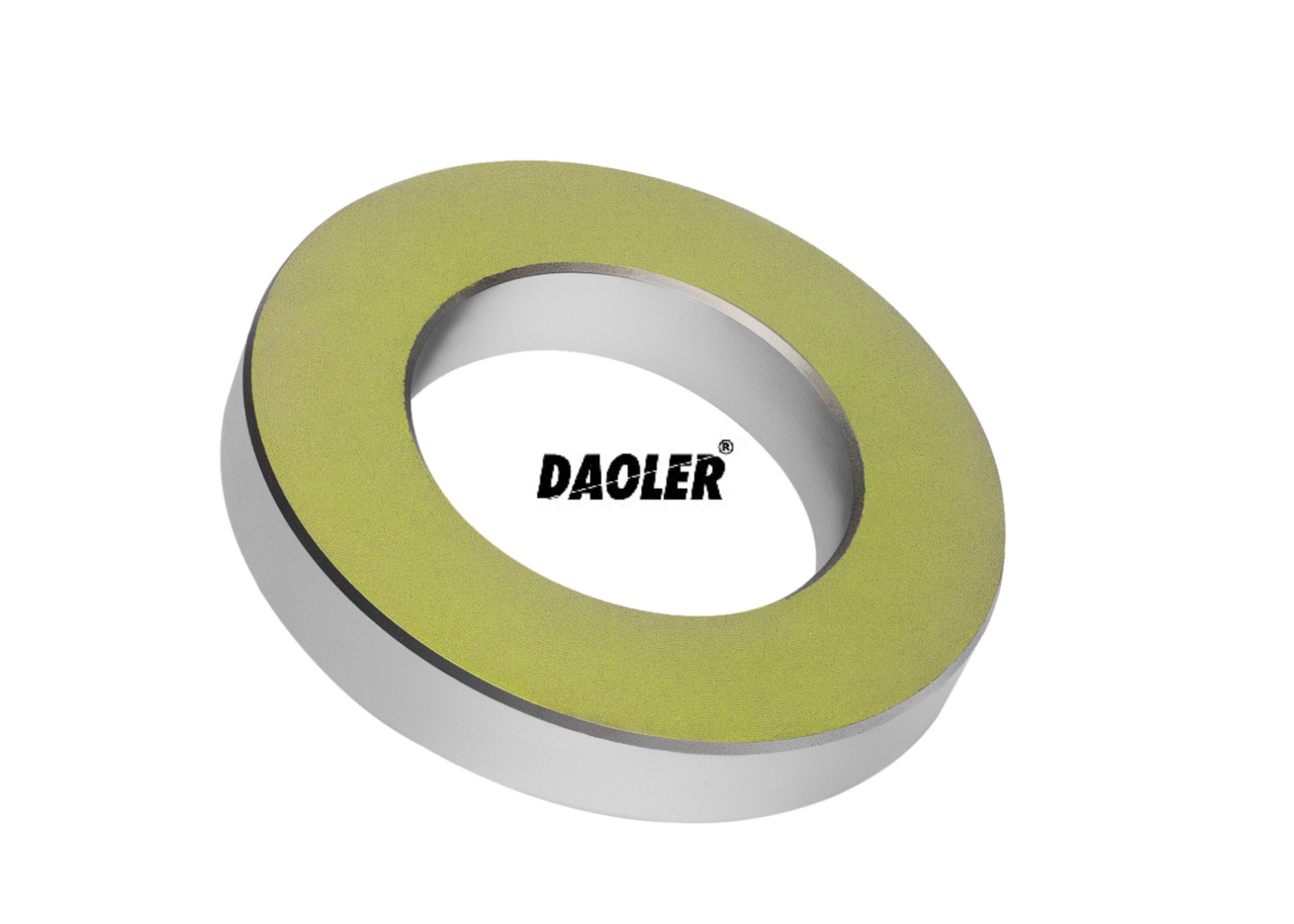
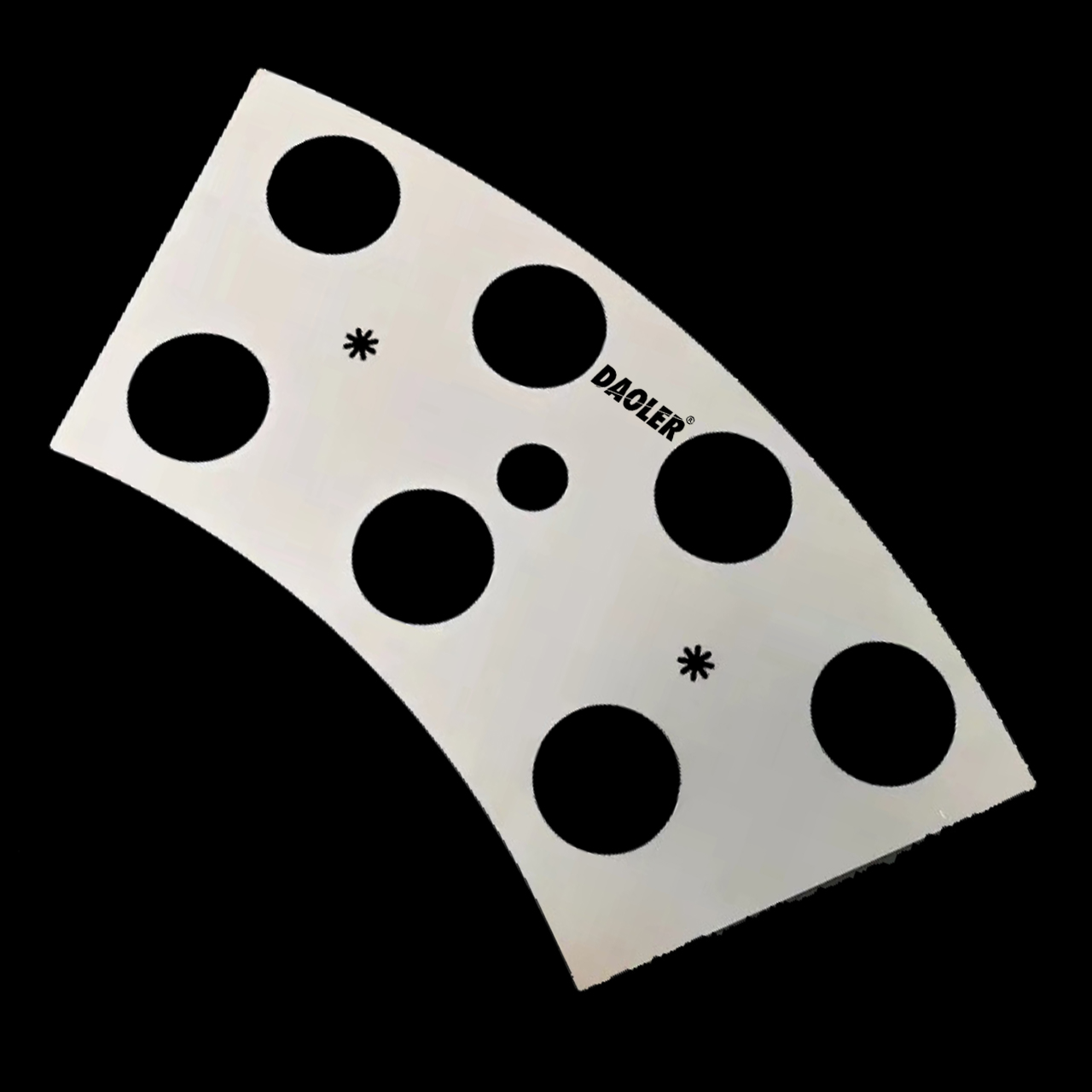

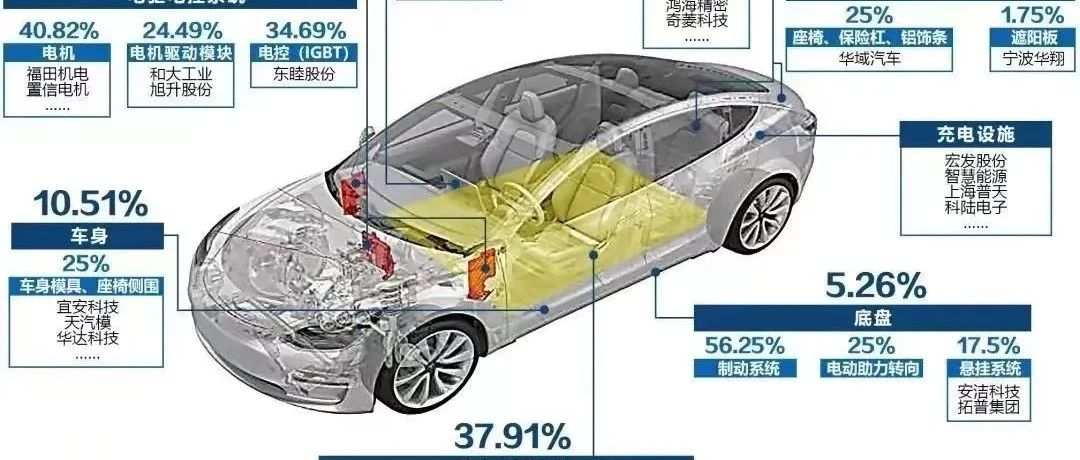
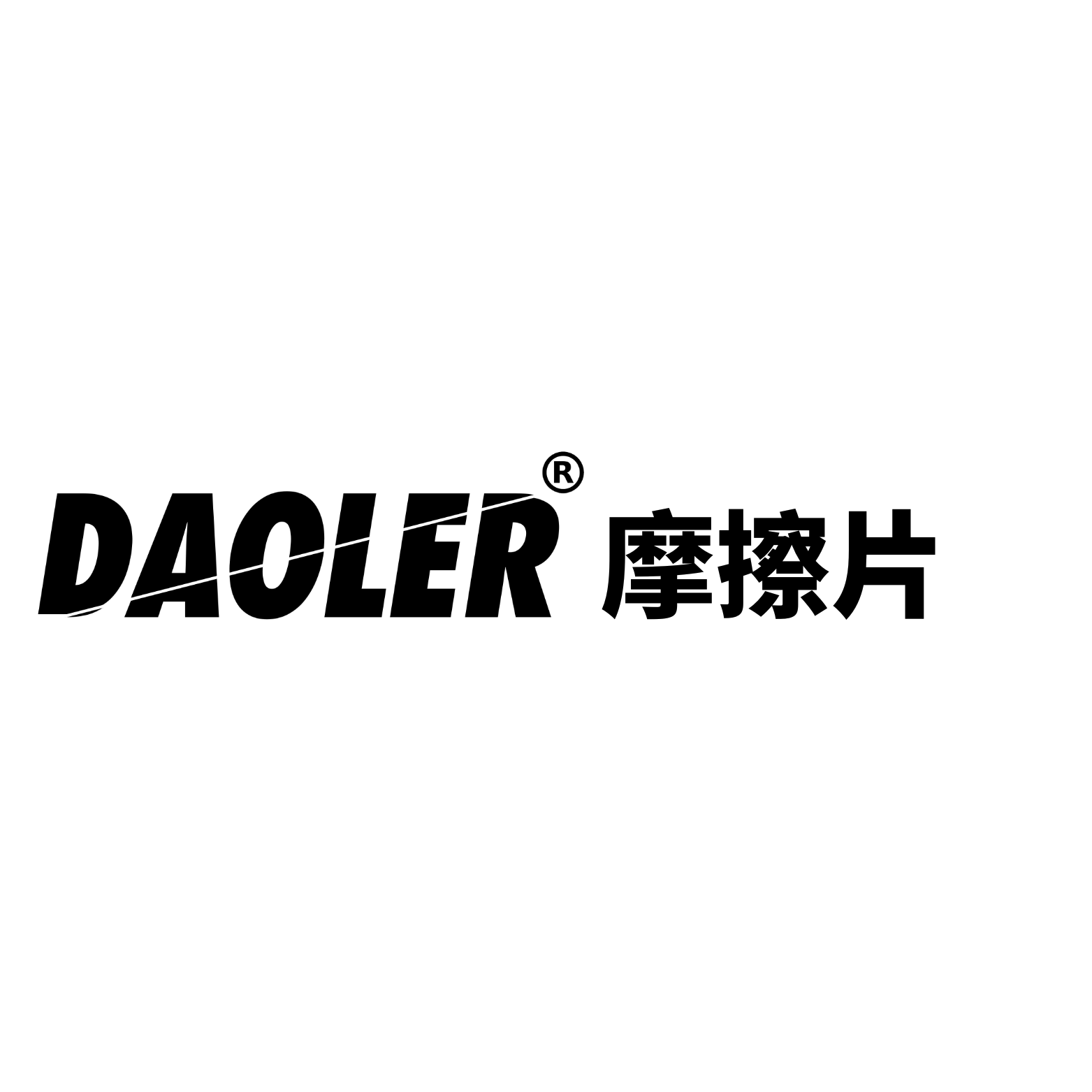
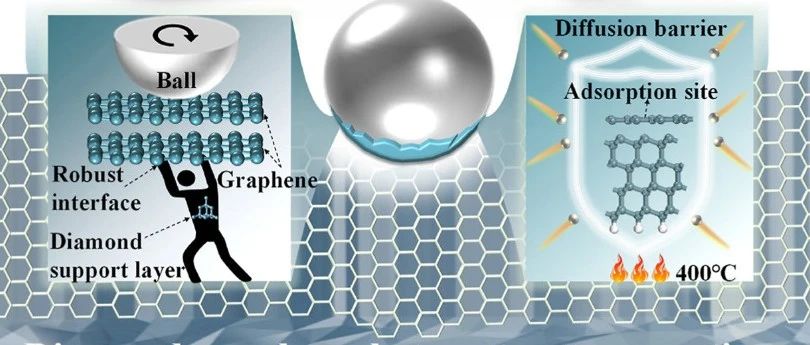
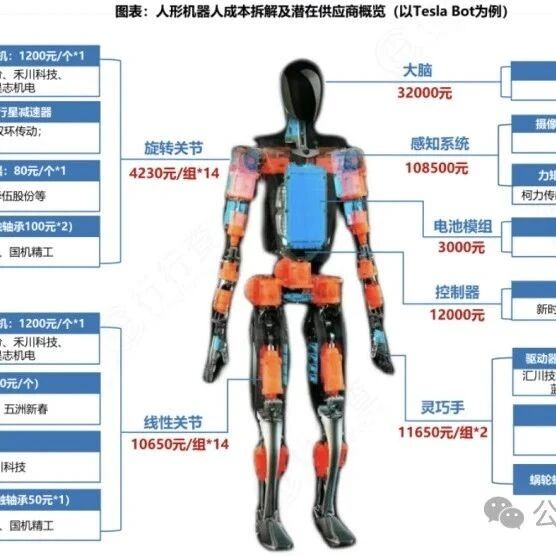
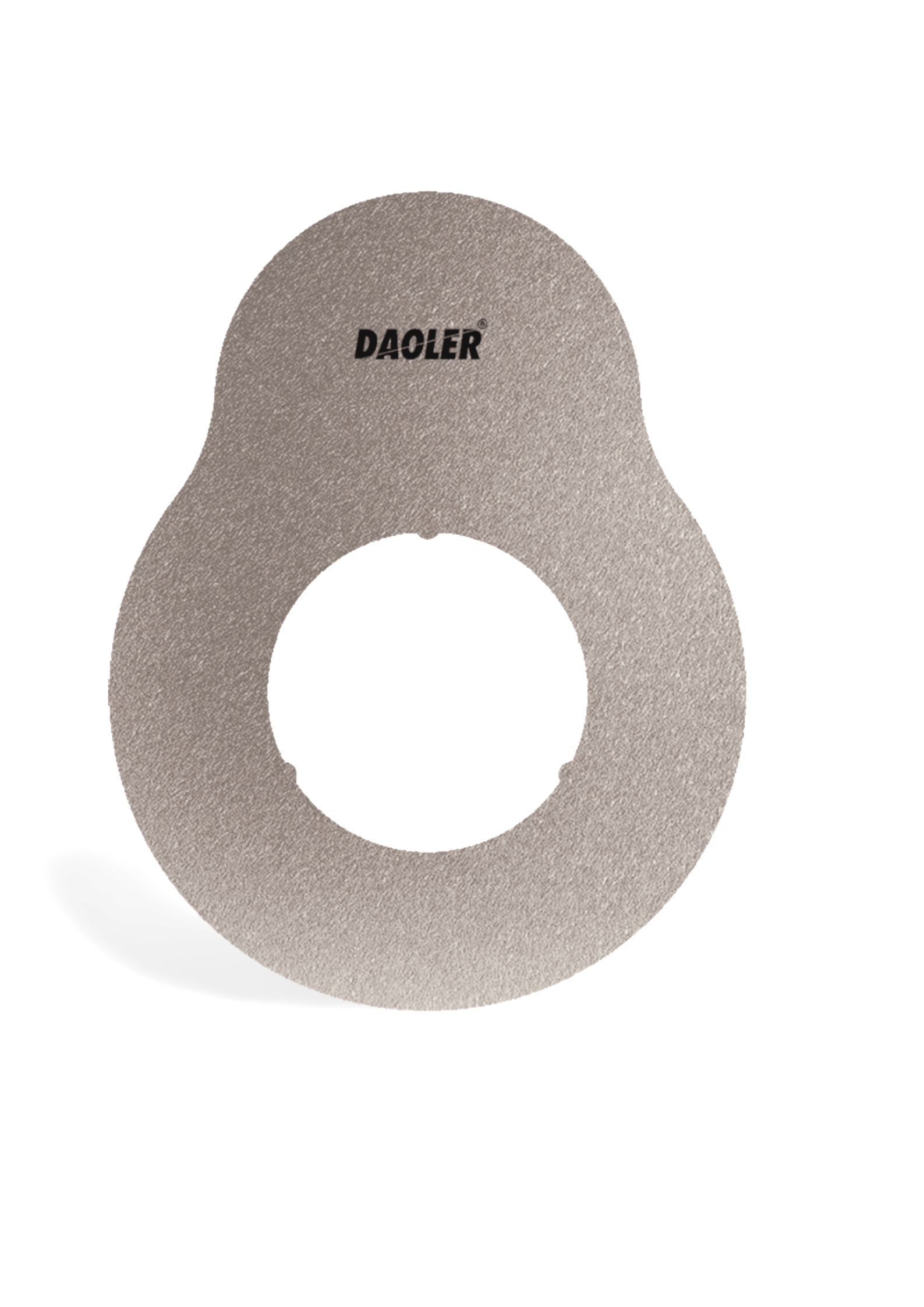
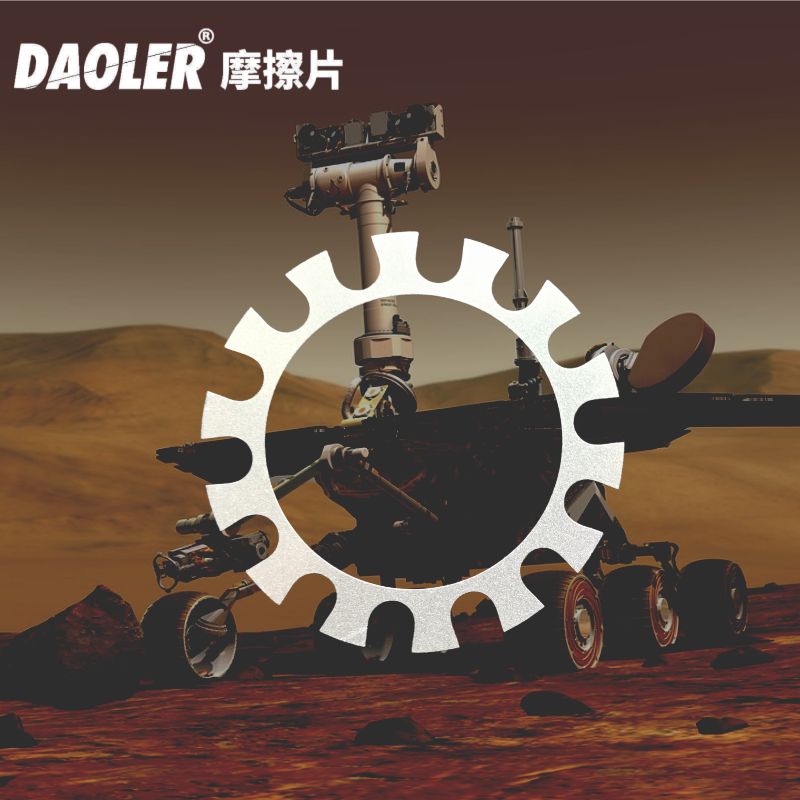
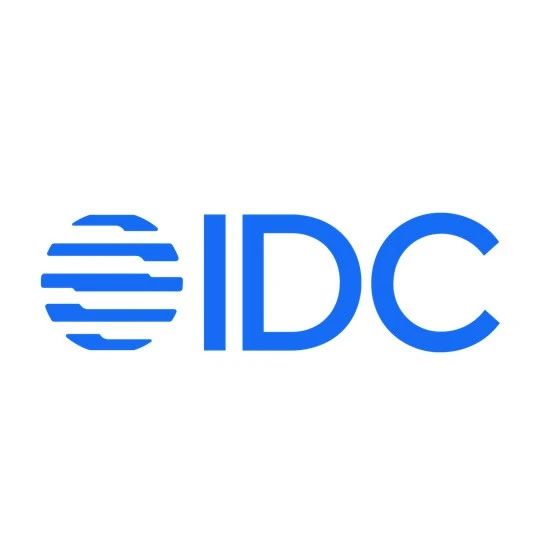
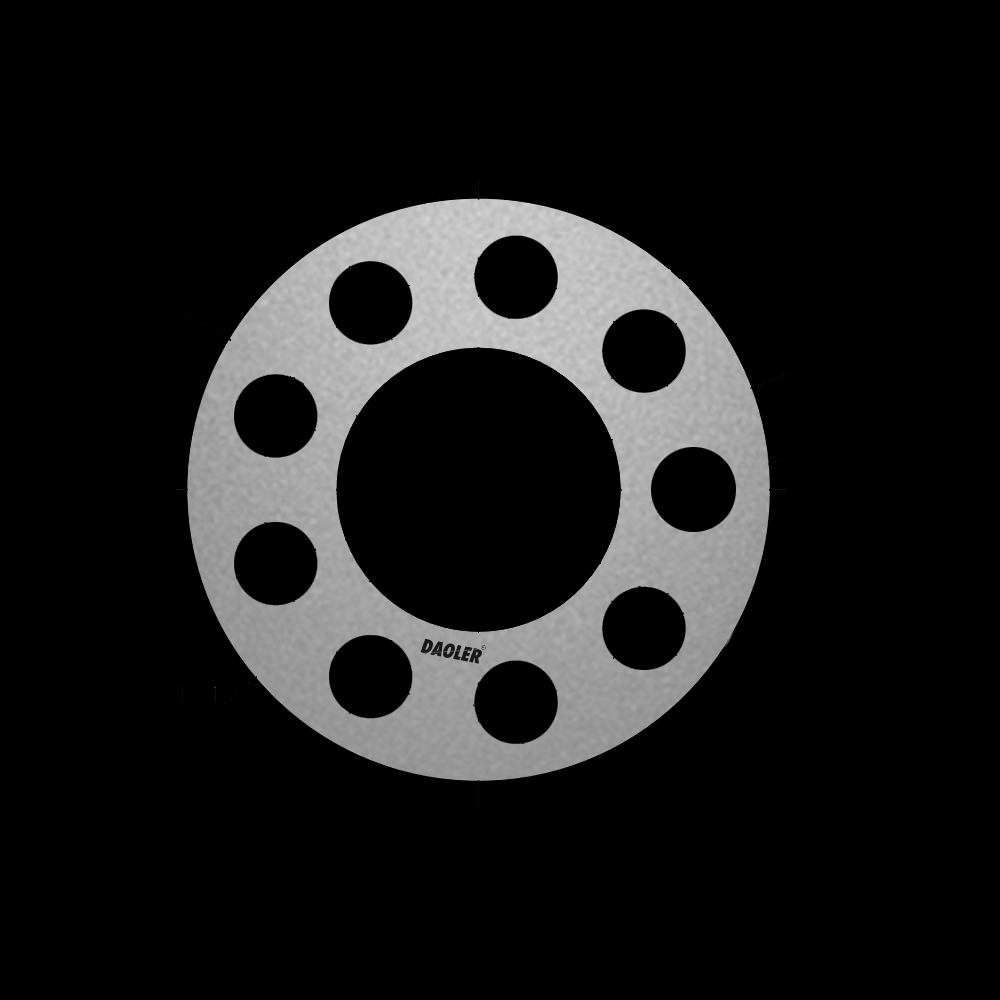
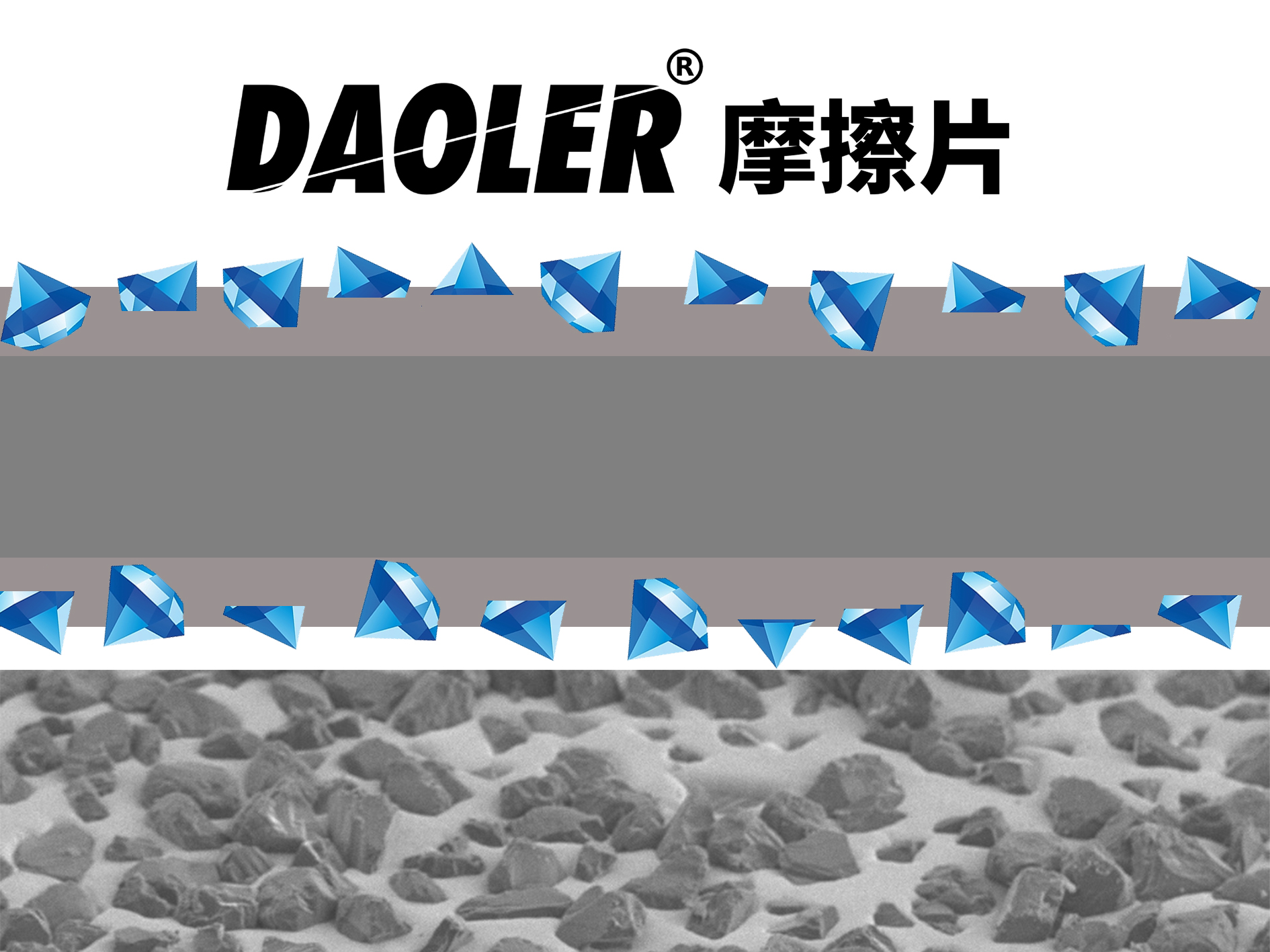

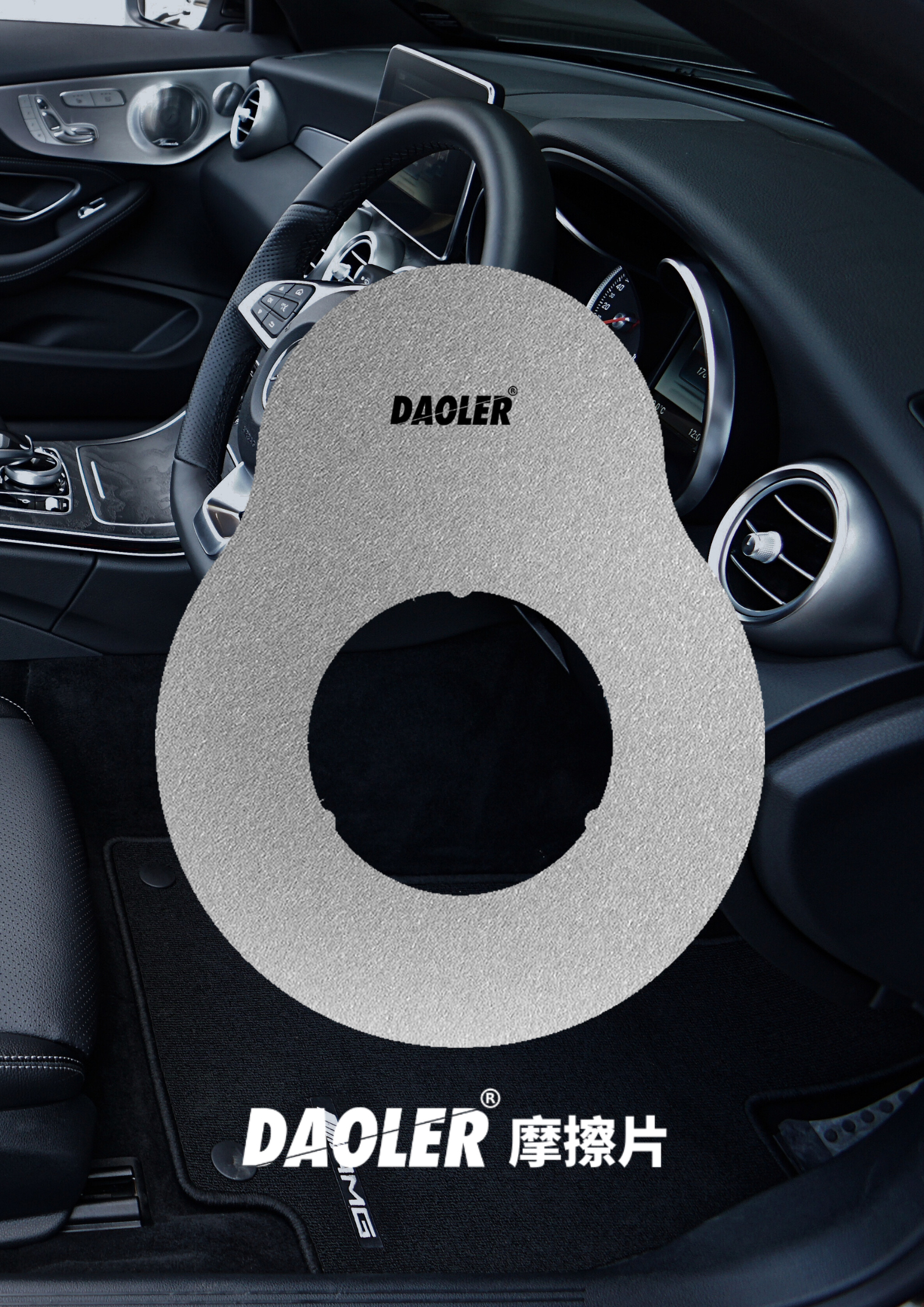
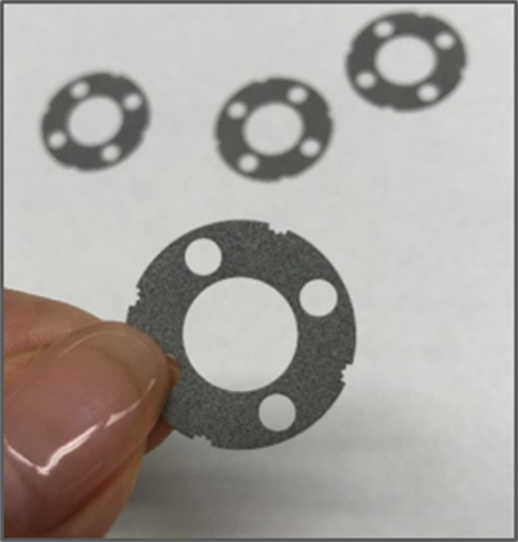
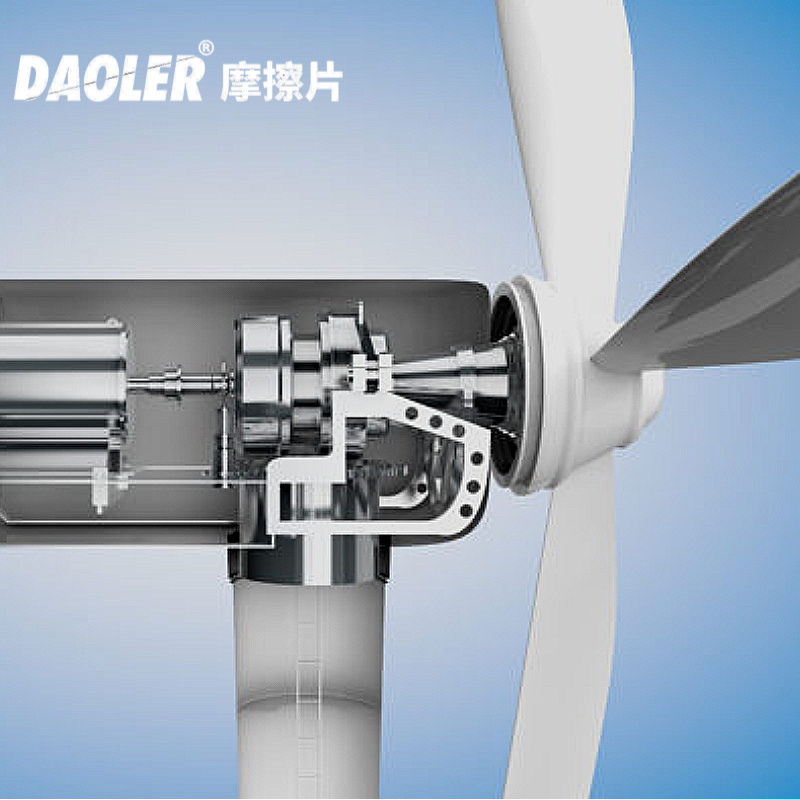
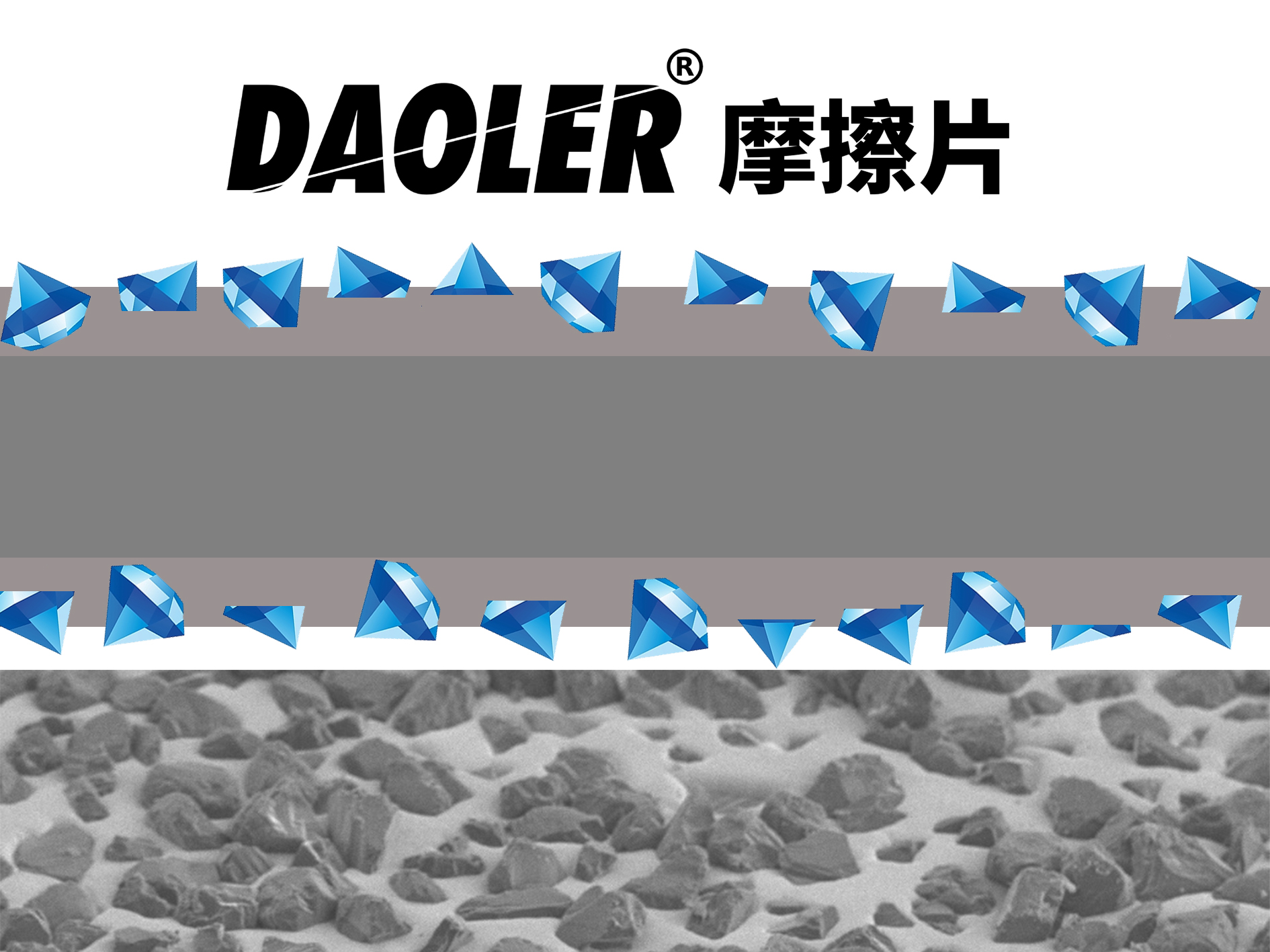
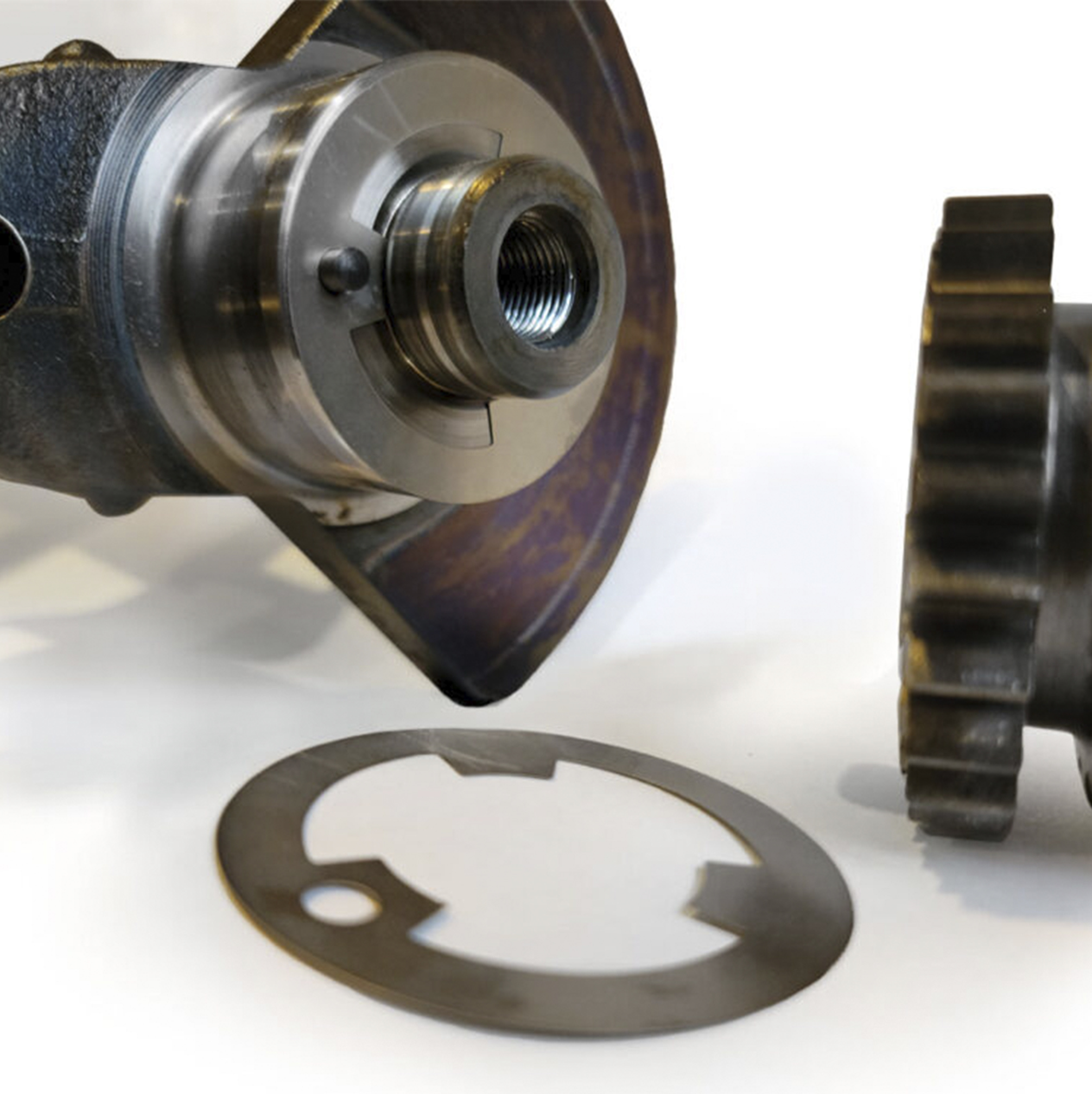
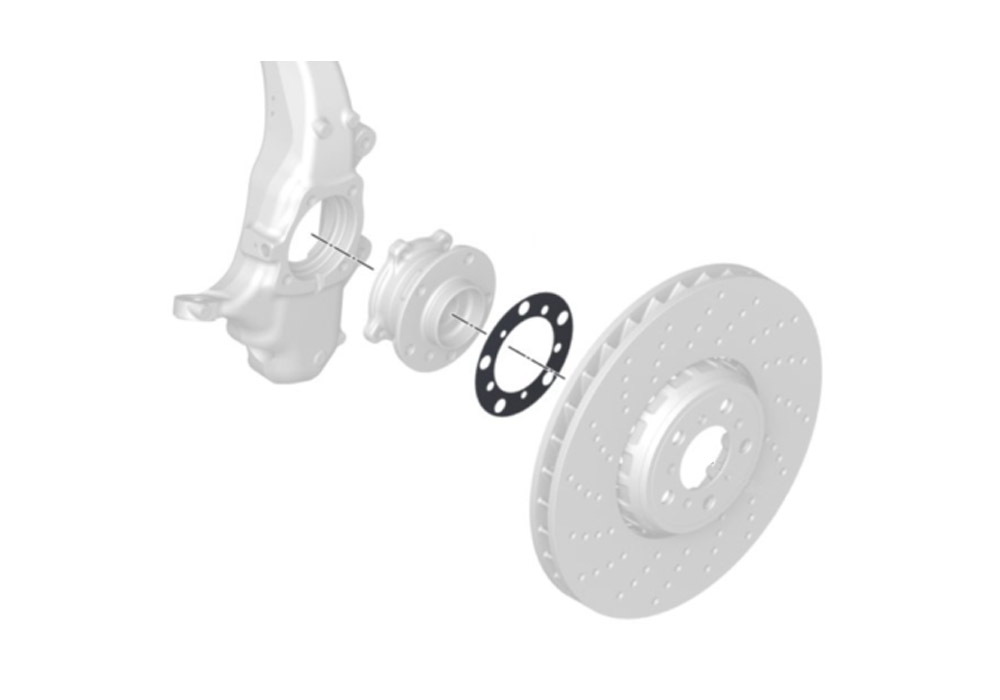
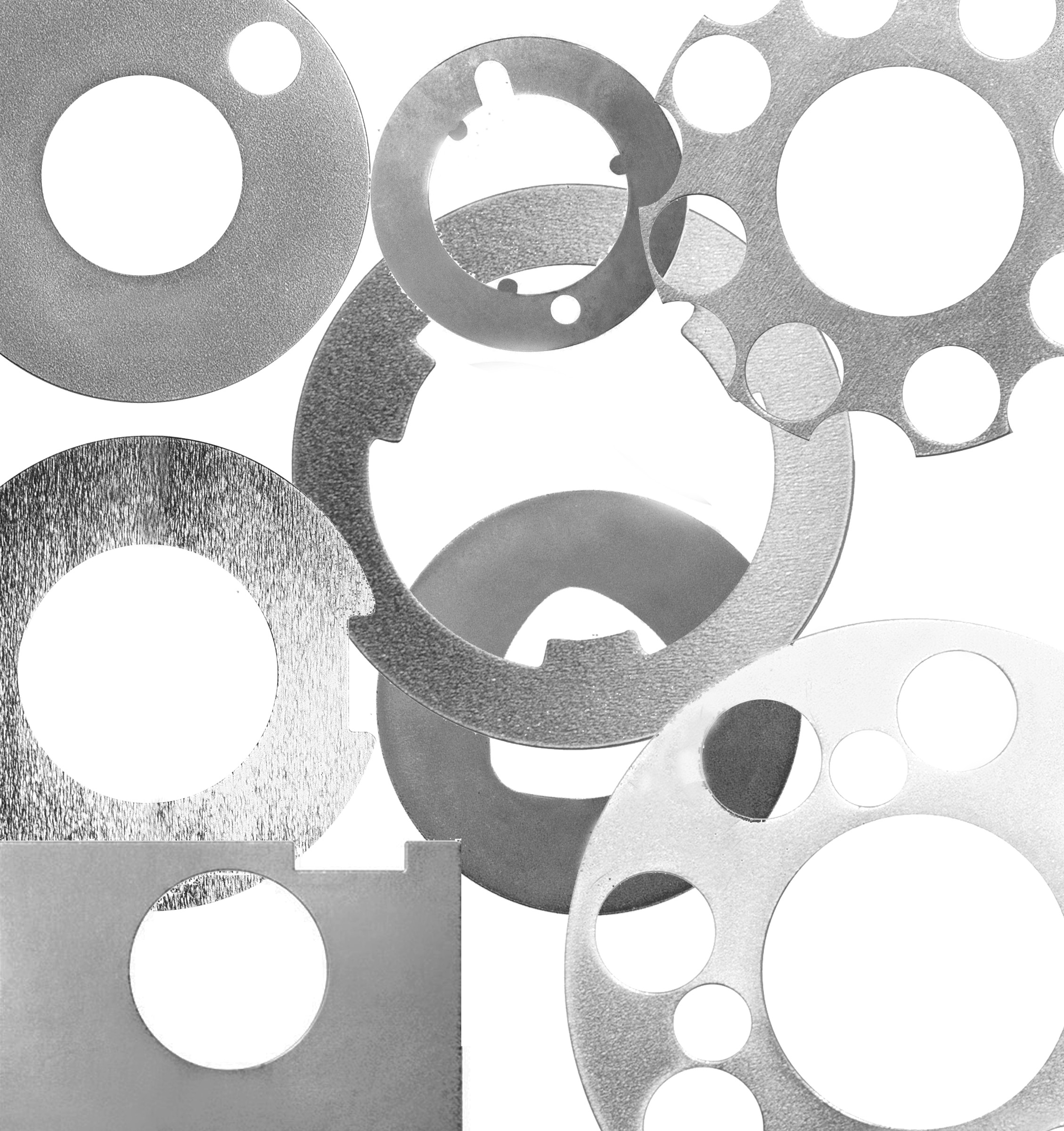
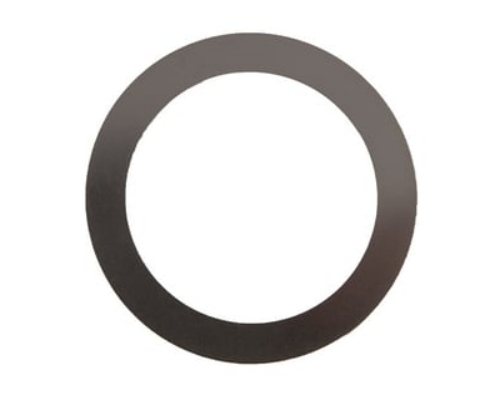
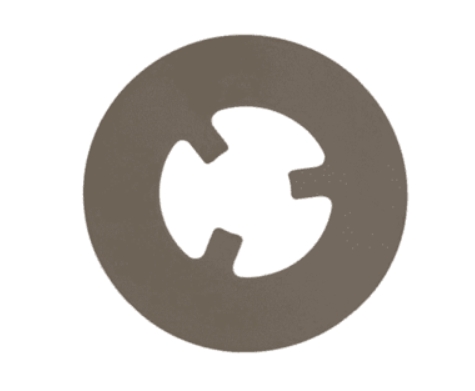
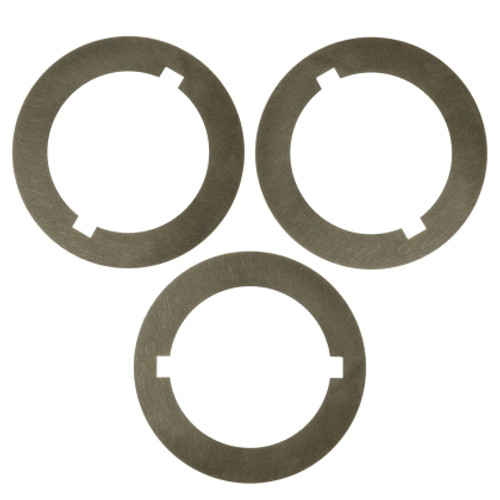
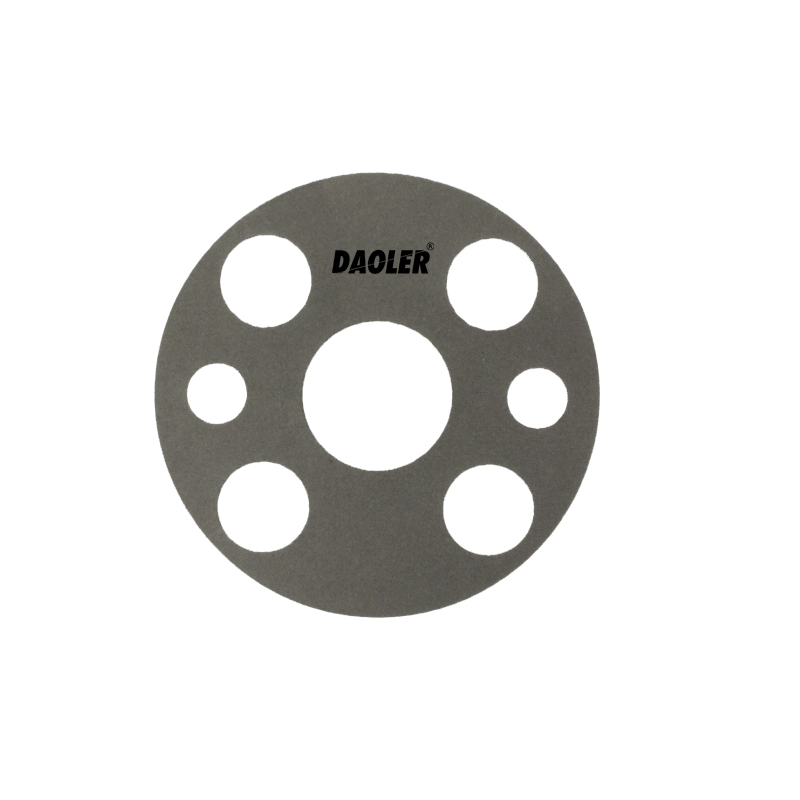



请先 登录后发表评论 ~